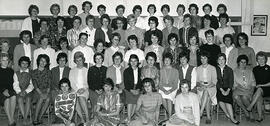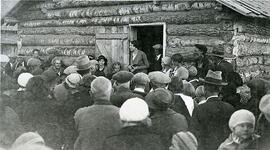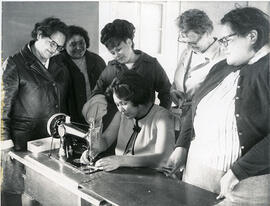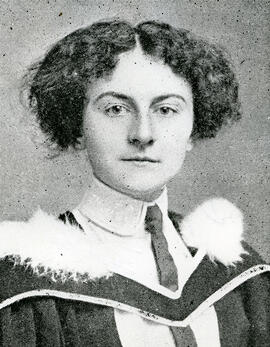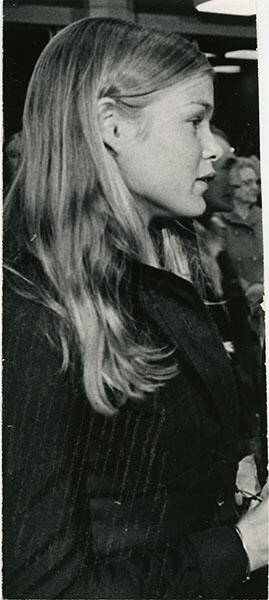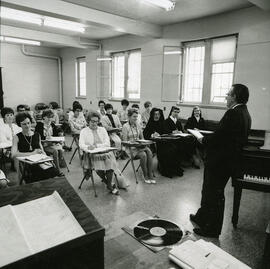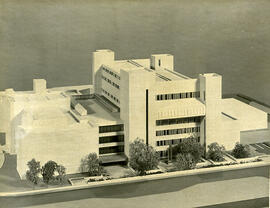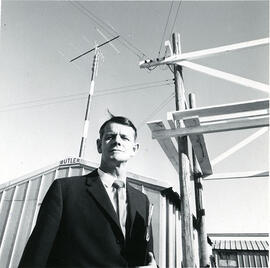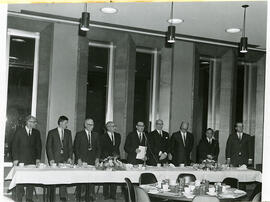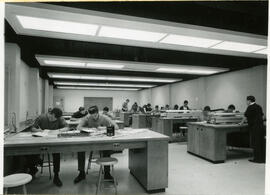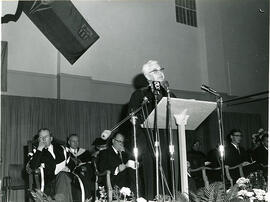Nursing - Second Year Degree - Class Photo
- A-3992
- Item
- 1963-1964
Second year degree students, back row: Bailey, Bayduza, Boxall, Brodie, Cave, Christensen, Coleman, Correnti, Cowan, Davidson, Doyle, Drewry, Edgar. Fourth row: Eichel, Finell, Floyde, Ford, Fredrickson, Anne George, Linda George, Godin, Hansen, Hanson, Jean Heinrich, Joan Heinrich. Third row: Henke, Hulings, King, Kirkman, Larson, Lemke, McConnell, McLeod, Marchyshyn, Machalenki, Moffat, Morrison, Morrow, Neufeld. Second row: Obst, Polovnikoff, Purves, Rayner, Robson, Rosser, Sallans, Saranchuk, Shaw, Smith, Spencer, Stan, Stewart, Swetleshnoff, Thiel. First row: Weinbender, Wndel, Wright, Woodhead. Absent: Belsher, Fiesler, Kaufman, Kochan, Pepper, Mrs. Schmidt, Trombley, Wollk, Wendel.

